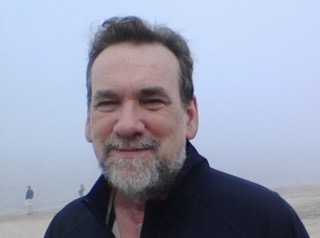“You Should Have Left” Production Designer on the Lasting Allure of the Haunted House
The haunted house has been a staple of the horror genre since the early days of silent films. There’s just something about creaky doors and shadows dancing around in dimly lit hallways that send shivers up our spines — especially when it’s a dark and stormy night.
And with most of us homebound for Halloween, what better time to celebrate the haunted house?
“You never know what’s around the corner,” says production designer Sophie Becher during a zoom interview. “So when you walk into a room, you’re on alert. The power of a space and the power of the imagination within the space is so exciting. Everybody has his or her own interpretation of what’s behind that door.”
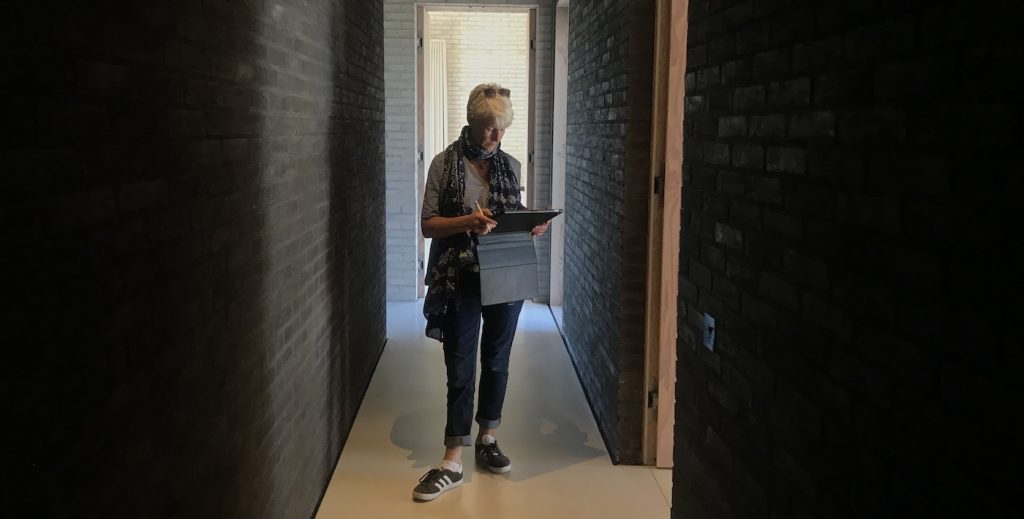
Becher speaks from experience. She was instrumental in creating the eerie mood for You Should Have Left, this year’s unique reinvention of the horror house movie. Written and directed by David Koepp and based on Daniel Kehlmann’s novel of the same name, its unsettling domicile is an ultramodern estate in the remote Welsh countryside. Retired banker Theo (Kevin Bacon) and his much younger wife Susanna (Amanda Seyfried) think it’s the perfect getaway. But soon after arriving with their daughter Ella (Avery Essex), the family quickly discovers the house is more suited for nightmares than rest and relaxation. It also may be specifically haunting Theo because of a dark secret he holds.
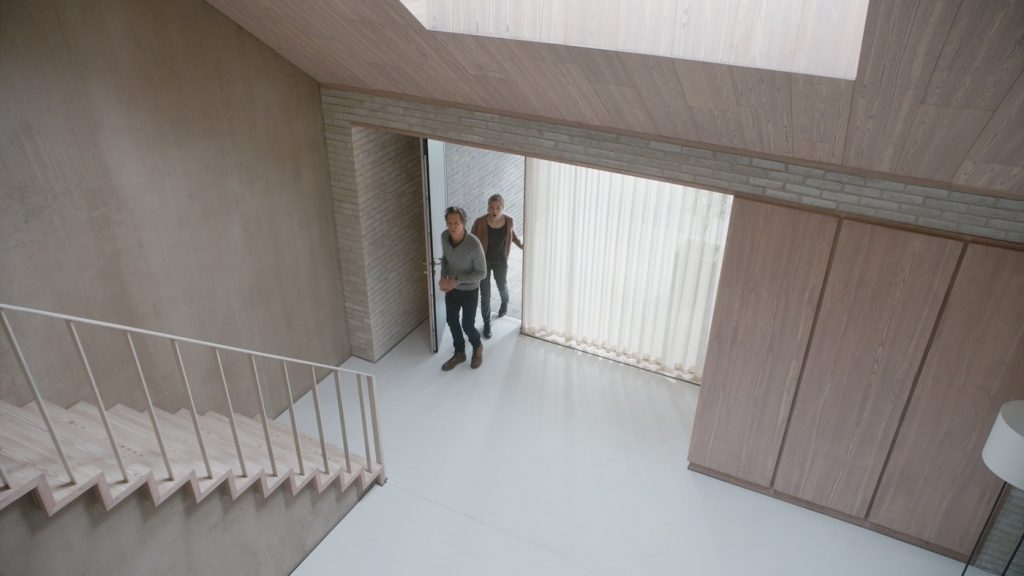
Filled with doors that appear out of nowhere, hallways with twists and turns, and stairways that lead to hidden places of terror, Becher says the film was a lot of fun to design. She likens the challenge to solving a Rubik’s cube.
“I absolutely loved this project because the house is such a predominant character,” Becher says. “When you often do films, you’ve got several locations so you don’t have the chance to really make such a bold statement. The house needed to change and morph depending on where the particular inhabitant was in his or her mental state — corridors had to grow longer, doors had to appear in the middle of the walls, floors had to slope, the interior had to be bigger than the exterior — nothing about the house makes sense.”
Realizing this haunted house was unlike any seen before, Becher turned to the art world for inspiration. She was drawn to the work of installation artists such as Doug Wheeler, James Turrell, Yayoi Kusama and Dan Flavin.
“They work with light and projection to show how you can change the shape of things. I was fascinated by that,” continues Becher. “I worked initially as a sculptor and then a theatrical designer, so I’m used to the power of suggestion and I wanted to make the spaces adaptable so that they could suddenly become incredibly creepy when the lighting changed.”
Becher strategized with cinematographer Angus Hudson to enhance the fear factor. She paid extra attention to sound, choosing hard surfaces that could generate jolts when a glass shattered or a chair crashed to the floor.
Limiting her palette, Becher stuck mainly to black and white, incorporating muted tones through the sparse furniture that reflected the colors of the Welsh mountains. She believed that the more the people stood out, the more ominous it would be. “The idea was that the main things that changed apart from walls, etc. were the colors and light within the spaces,” she adds. “I looked at modern and mid-century architecture and thought about how vast, empty spaces and the use of light can create an incredibly dramatic effect without needing the predictable props of a horror film.”
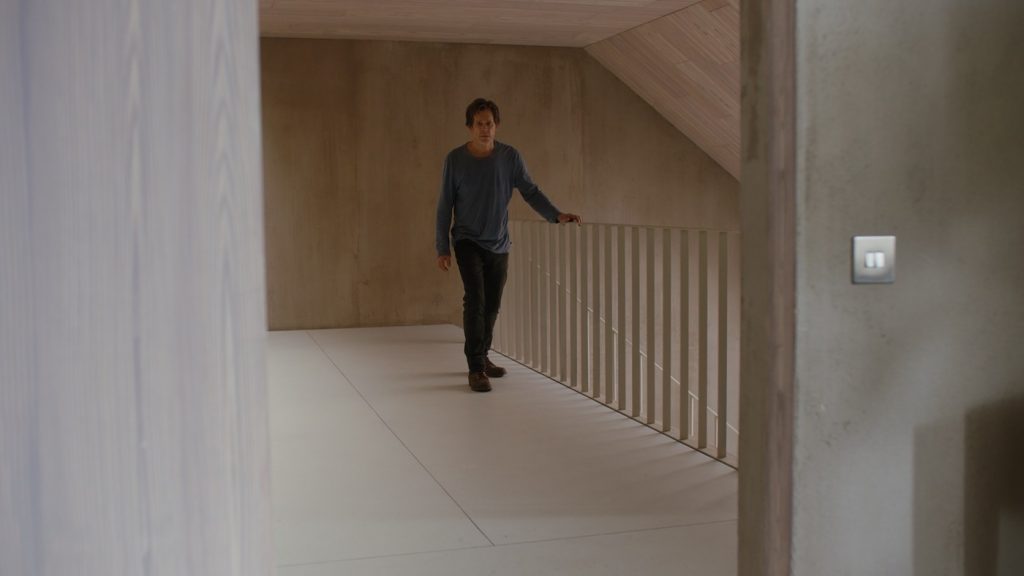
Her theatre days made Becher an expert at shifting stage scenery. She designed sets that could move as the camera was rolling. The result was spooky changes that appear seamless. For example, when Theo glances away from a row of bookshelves, a door appears in the middle of them when he looks back seconds later. Becher made it happen by rigging the center bookcase so it could be pulled up and out of sight instantaneously.
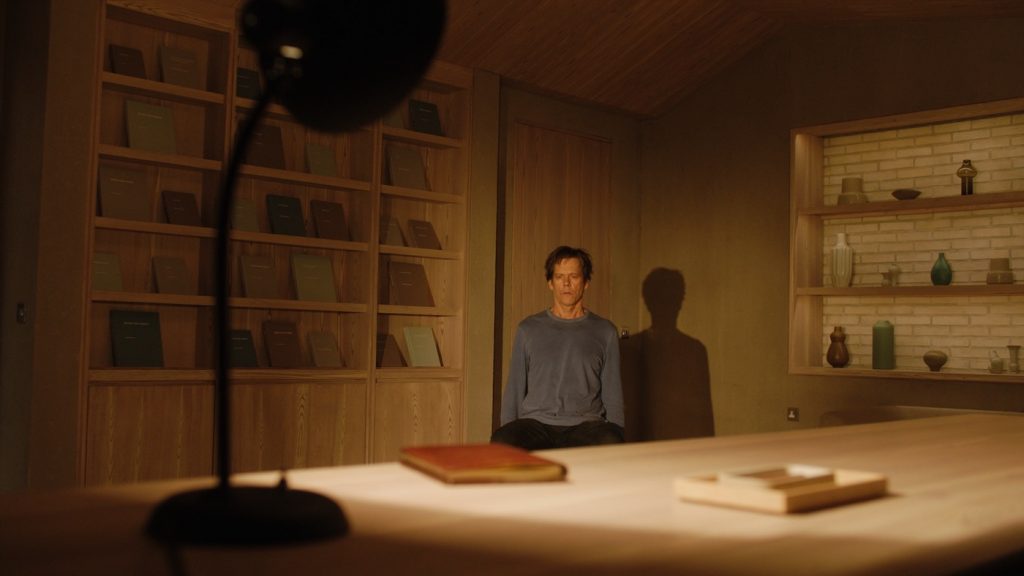
During her research, architect John Pawson caught Becher’s eye. His work was a big influence on her moody interiors. Much to her delight, when the production decided on the house to use for exteriors, it turned out that it had been designed by Pawson.
By thinking out of the box, Becher helped generate one of the year’s best thrill rides. She hopes others will do the same when the script calls for a house that’s haunted.
“Don’t go into clichés, go for the unexpected, turn things on their head,” says Becher. “If you go into a creepy house, you expect it to be creepy. What’s way more scary is to go into a normal house that starts to play with your imagination.”
In addition to You Should Have Left, we select some of our favorite haunted houses worth adding to your watch list.
The Haunted House (1921)
Buster Keaton and frequent collaborator Edward F. Cline established many of the tropes of the genre in this inventive horror house comedy that includes trap doors, a living chair, and a staircase that transforms into a ramp.
The Old Dark House (1932)
In between Frankenstein and The Invisible Man, director James Whale put his stamp on the genre with this stylistic tale that starts with a rainy night and leads to a spooky house filled with unsettling occupants, including Boris Karloff, as an ominous mute butler.
House on Haunted Hill (1959)
How do you make a haunted house scarier? Add deadly booby traps! That’s exactly what Vincent Price does to terrify his unsuspecting guests in this classic from horror master William Castle.
Psycho (1960)
“You are expecting something to happen when you first see the house,” observes Becher. “The house acts as an aid in Hitchcock’s buildup of the suspense. In spite of the fact that Psycho is also a psychological horror, it’s different because you immediately feel that the house on the hill is haunted, creepy, and weird.”
The Haunting (1963)
Based on Shirley Jackson’s 1959 novel The Haunting of Hill House, this chiller from director Robert Wise serves up a parade of the paranormal as it demonstrates just how scary a gothic manor can be.
The Amityville Horror (1979)
Perhaps because this is based on a true story, or maybe it’s the windows with evil eyes that blink, you’ll likely have chills running down your spine as you watch James Brolin as patriarch George Lutz lose it and hunt down his wife (Margot Kidder) and family with an ax.
The Shining (1980)
“It’s the seminal film just aesthetically and psychologically,” observes Becher. “It’s a piece of genius. You just see what Kubrick did and the maze and the state of mind. I could watch it again and again.”
Poltergeist (1982)
Producer/writer Steven Spielberg and director Tobe Hooper prove that a house doesn’t have to be old and creaky to be scary. A ghostly invasion of an unassuming suburban home begins through the television with one of the decade’s most effective taglines… “They’re here!”
Crimson Peak (2015)
Production designer Thomas E. Sanders delivers one of the genre’s most magnificent haunted houses in Guillermo del Toro’s richly drawn tale that sees its title space literally attack its occupants. “Though the house is very much a main character in this film, it’s much more of a Gothic horror,” adds Becher. “The house was exquisitely designed but very much in a different architectural vein to the house I built.”
For more Halloween and horror-related goodness, check out these stories:
“His House” Writer/Director Remi Weekes on his Gut Punch Feature Debut
Writer/Director Zoe Lister-Jones on her Bewitching Horror Film “The Craft: Legacy”
Featured image: Avery Essex in “You Should Have Left.” Courtesy Universal Pictures.


